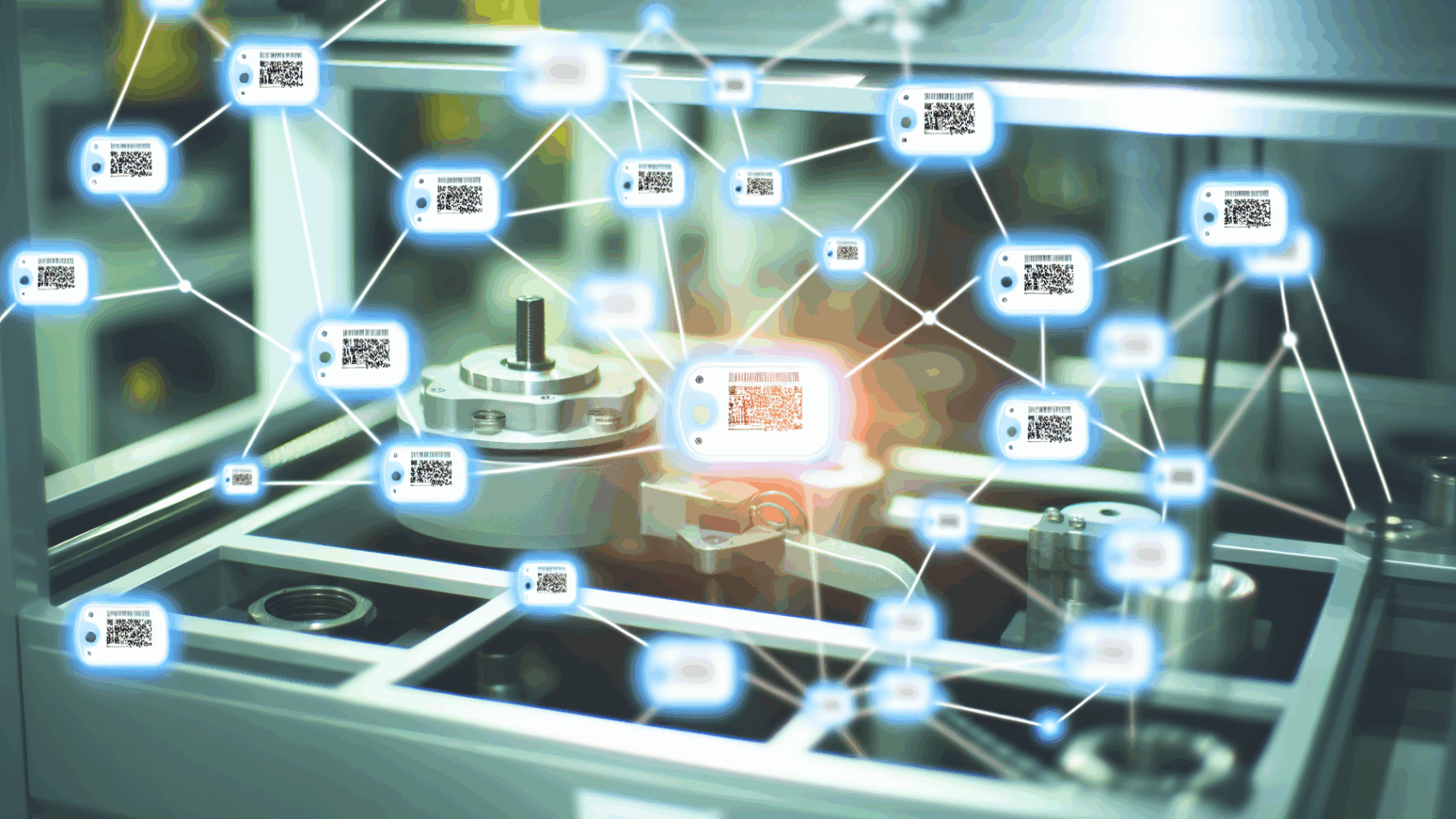The rise of the Internet of Things (IoT) has ushered in a new era of smart tagging, revolutionizing asset tracking and maintenance. By embedding IoT sensors in smart tags, businesses unlock real-time visibility and predictive insights into their operations.
The Evolution of Smart Tagging in Asset Management
The evolution of smart tagging in asset management is a testament to the relentless pursuit of efficiency and precision in operational practices. Initially, asset tracking systems were heavily reliant on manual entry and barcode scanning, which, while effective, posed limitations in real-time tracking and data accuracy. The advent of smart tagging technologies marked a revolutionary shift, introducing a level of automation and real-time visibility that was previously unattainable. These smart tags, embedded with IoT sensors, have redefined the parameters of asset tracking and management.
The integration of IoT sensors into smart tags has ushered an era of unparalleled operational intelligence. This combination facilitates real-time tracking, not just in terms of location, but also in monitoring the condition of assets. For instance, Samsung’s Galaxy SmartTag represents a leap forward, offering users the ability to locate personal items through a seamless integration with mobile devices. On a more grand scale, in commercial settings, IoT sensors embedded in smart tags track a vast array of parameters from temperature, humidity, to pressure, ensuring the integrity of sensitive assets, including pharmaceuticals and perishable goods.
Moreover, this technological synergy between smart tags and IoT sensors enables predictive analytics, transforming maintenance from reactive to proactive. By analyzing real-time data, organizations can anticipate failures before they occur, significantly reducing downtime and operational costs. Furthermore, the enhanced data accuracy and timeliness inherent in these systems facilitate improved regulatory compliance across industries, particularly where stringent standards are the norm.
Beyond operational efficiency, the implications for security and privacy are profound. Enhanced tracking capabilities combined with sophisticated encryption methods mean that assets are not only monitored but are also protected against unauthorized access and potential breaches. This aspect is increasingly crucial as concerns over data privacy and security loom large in the digital age.
In essence, the evolution of smart tagging in asset management, particularly through the integration of IoT sensors, represents a fundamental shift towards more intelligent, efficient, and secure operational practices. The applications span across industries, from logistics and healthcare to retail and manufacturing, each benefiting from the real-time insights, predictive maintenance, and enhanced security features these technologies provide. As this evolution continues, the potential for further innovation and optimization in asset management remains boundless, promising even greater strides in operational excellence and strategic advantage.
Conclusions
Smart tagging with IoT sensors has transformed asset management into a streamlined and proactive process. By offering unparalleled transparency and foresight, this technological fusion empowers businesses to optimize operations and maintenance, ensuring greater efficiency and security.

